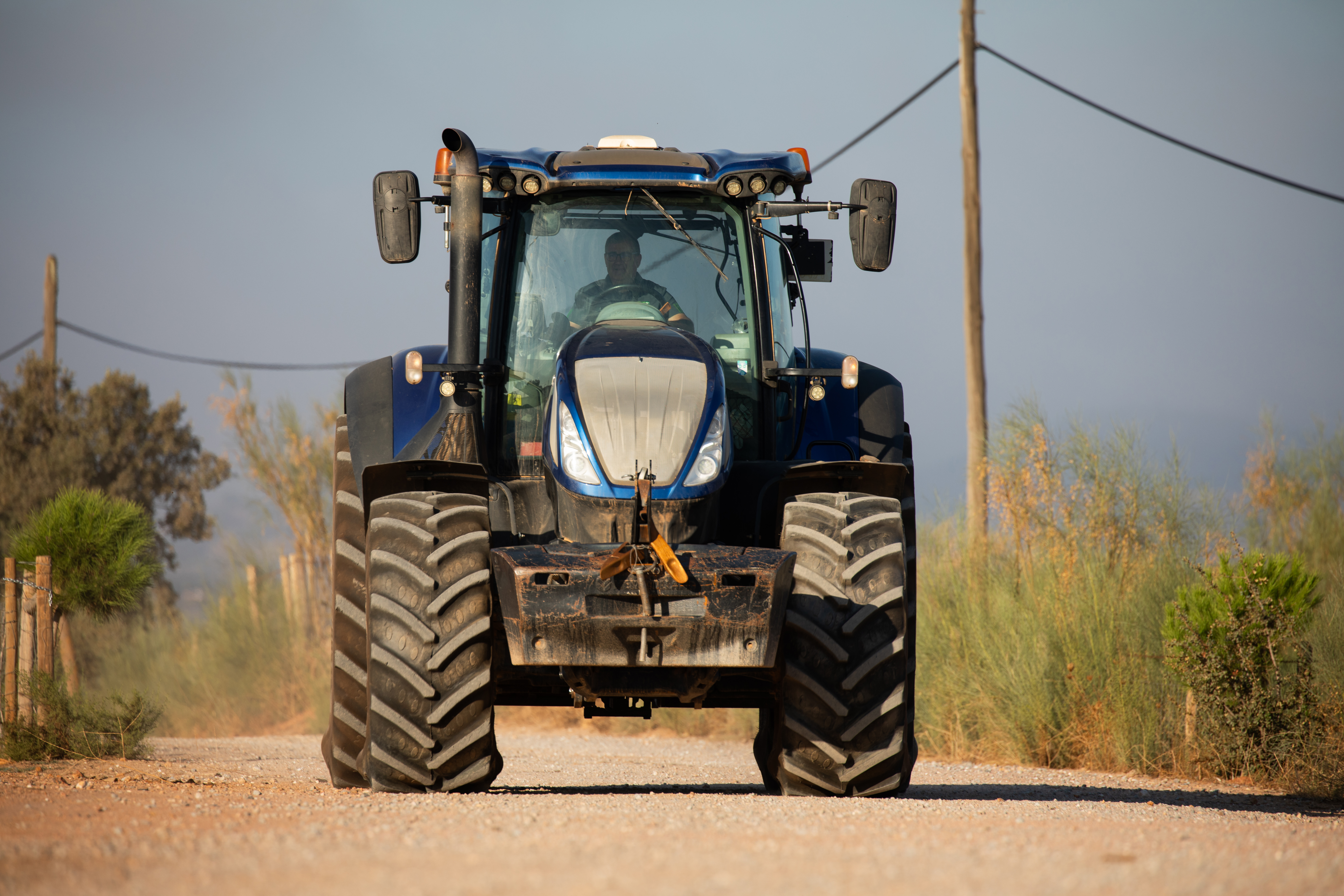Predictive maintenance for tractors is revolutionising the agricultural machinery industry, boosting fleet efficiency and opening up new opportunities for dealers and service workshops. Keep reading to learn how this innovation works and why it's one of the most significant advancements shaping the future of agriculture!
Predictive maintenance is transforming the agricultural machinery industry, revolutionising the way fleets are managed. This game-changing approach delivers substantial benefits not only to farmers and businesses but also to dealers and service workshops. By incorporating advanced digital technologies and telematics systems, maintenance has become more streamlined and accessible, whether for small-scale operations or large corporate fleets. This evolution not only creates new business opportunities but also enhances service efficiency. In this article, we’ll explore how predictive maintenance is reshaping tractor fleet management, benefiting both service providers and end-users alike.
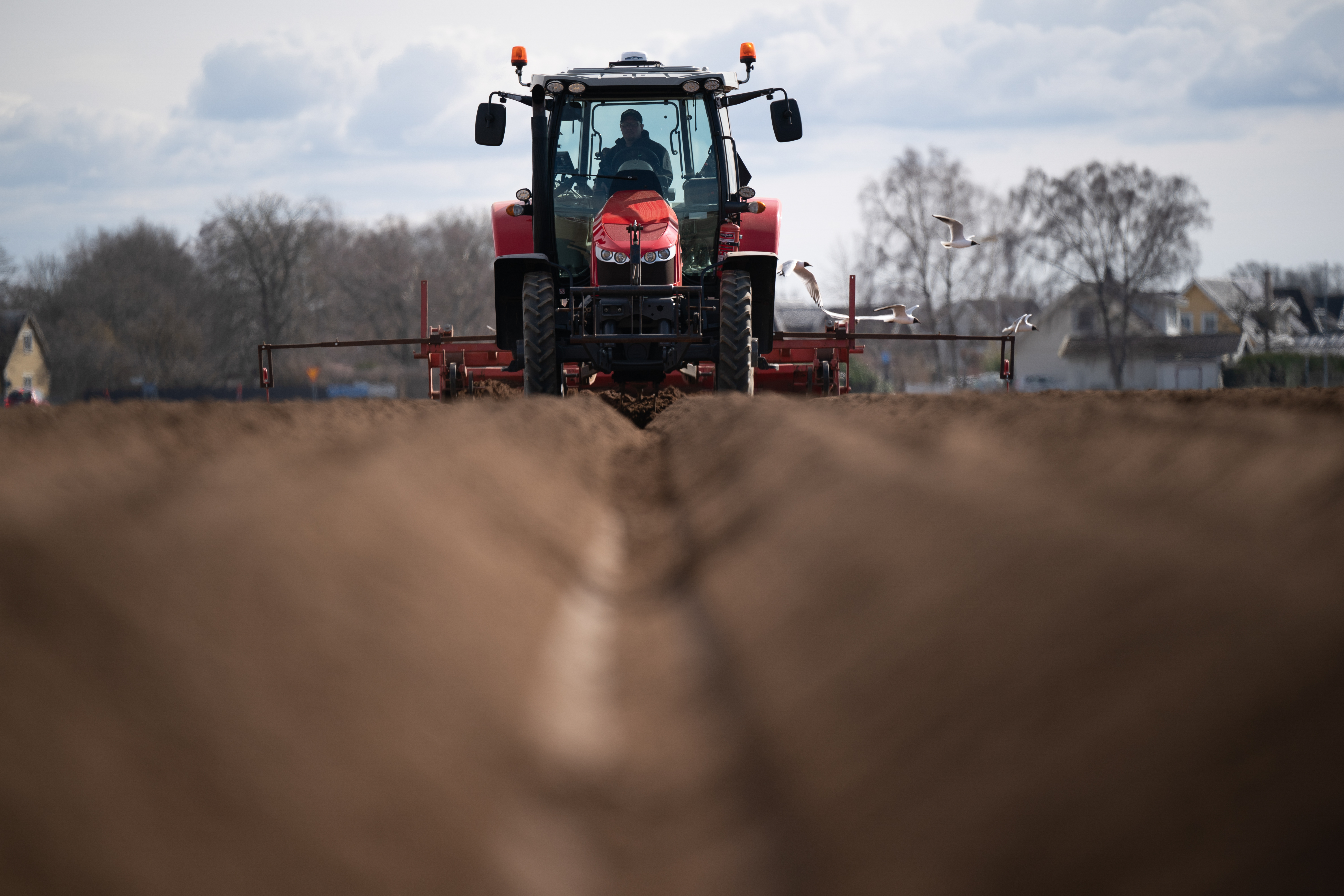
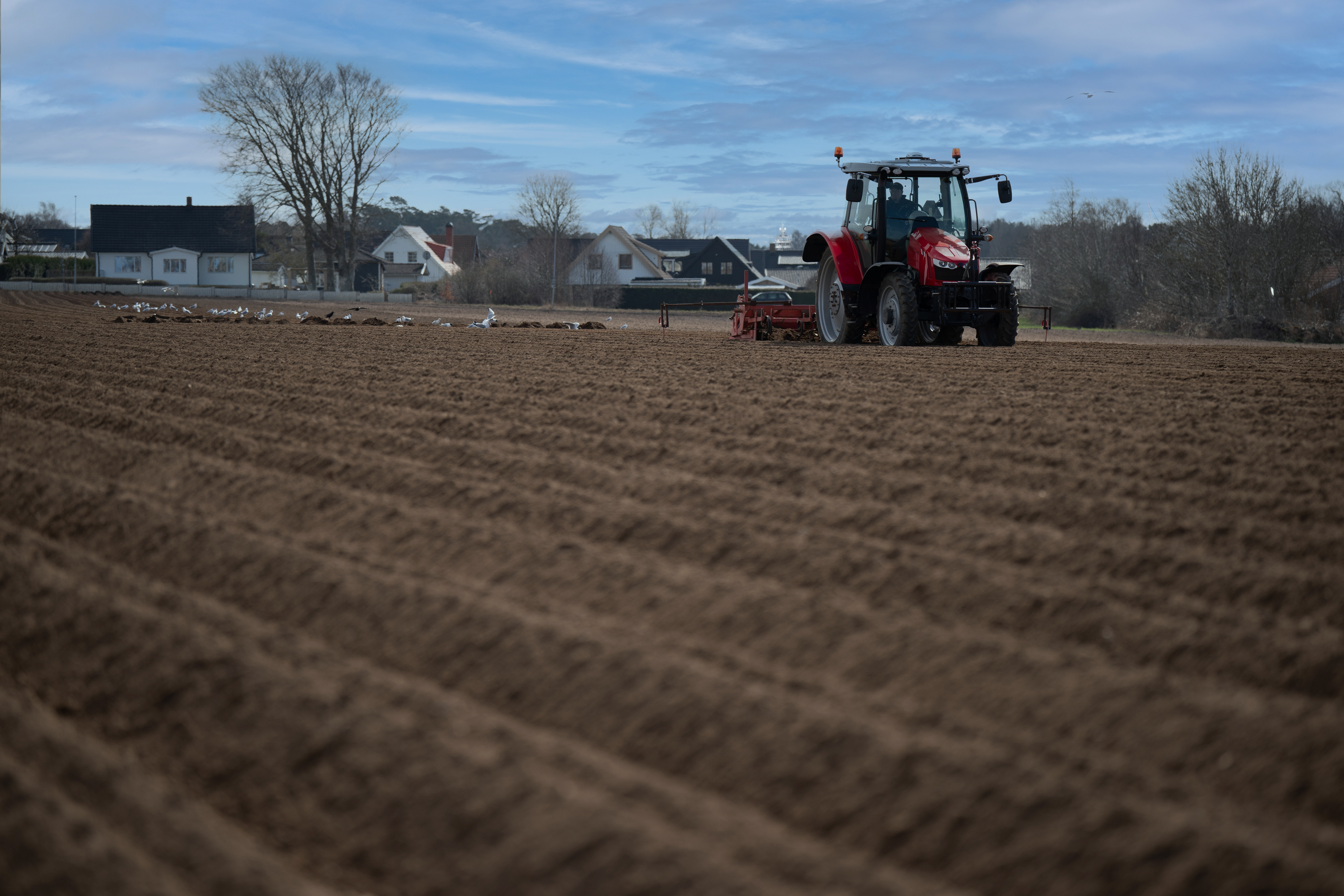
Predictive maintenance for agricultural machinery relies on IoT sensors installed on tractors, harvesters, and other farm equipment. These sensors continuously monitor various operational parameters, such as temperature, oil pressure, fluid levels, vibration, and other vital indicators. The data is transmitted in real-time to a central management system or a telemetry platform that analyzes the information to identify anomalies or trends that could indicate an imminent failure. Advanced analytics technologies like Artificial Intelligence (AI) and Machine Learning are used to process this data, detect recurring patterns, and more accurately predict when a failure is likely to occur. For example, if the temperature sensor detects unusual overheating or if vibrations suggest a possible bearing failure, the system can alert the operator or technician in advance, recommending maintenance to prevent more serious and costly breakdowns.
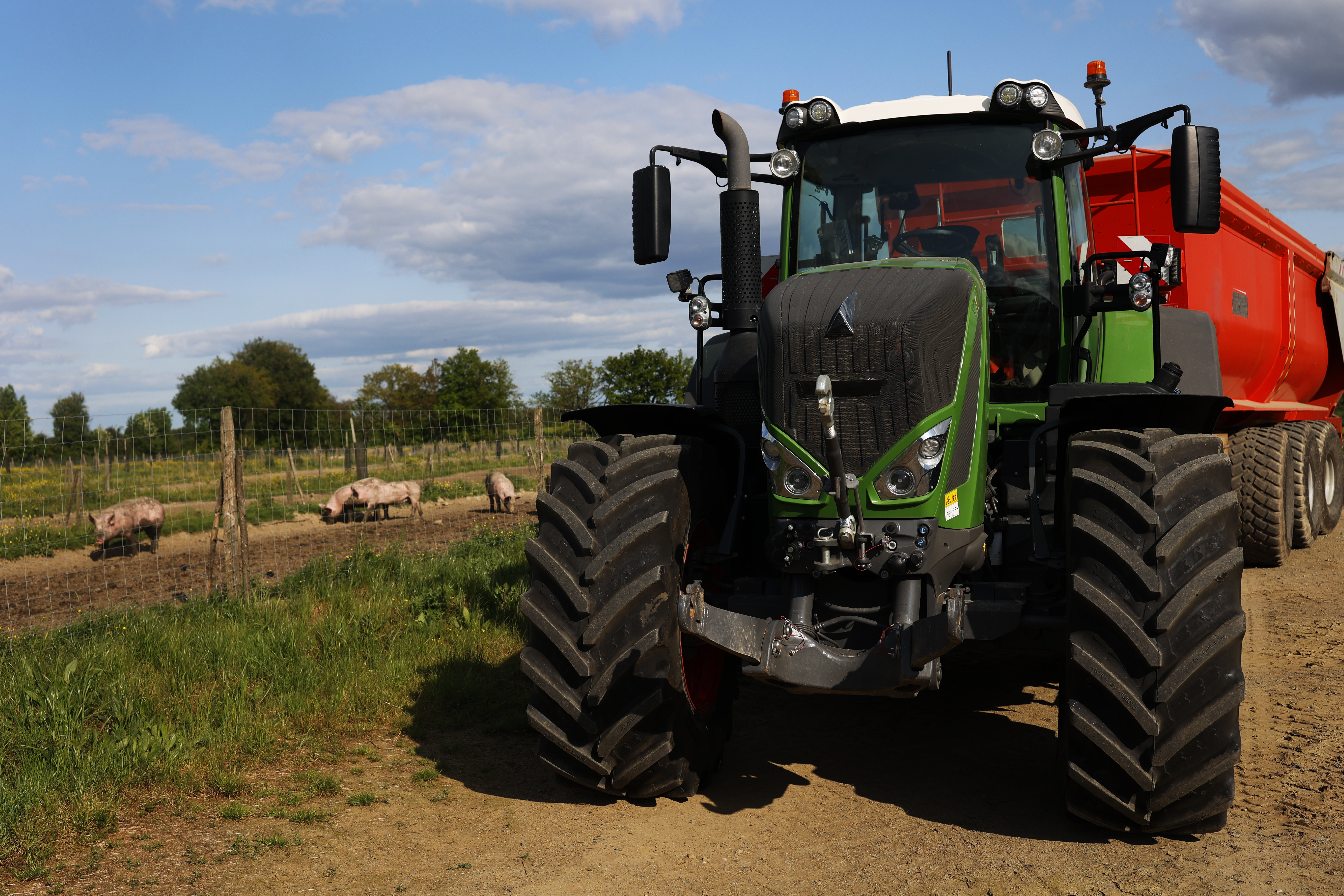
The predictive maintenance process in agriculture consists of four key stages. The first stage is data collection through sensors installed on tractors and agricultural machinery, which continuously monitor essential parameters like vibration, engine temperature, humidity, and pressure. For instance, liquid flow sensors can detect leaks or anomalies in hydraulic circuits, which are crucial for the operational efficiency of agricultural machines. Next, the collected data is transmitted in real-time via an IoT network, often connected to the cloud, to a central monitoring platform, where it is stored and analysed. This is where Artificial Intelligence comes into play, applying AI algorithms and machine learning (the fourth step) to process the data and predict potential failures. For example, predictive analysis can detect anomalies in machine performance, such as sudden changes in hydraulic pressure or a drop in engine performance, which may signal an impending failure. Finally, based on the insights obtained, maintenance interventions are scheduled in advance, minimising machine downtime. This approach allows dealers to better plan maintenance operations, optimise the use of spare parts, and reduce the economic losses associated with unscheduled maintenance.
In the agricultural machinery sector, a variety of predictive maintenance technologies are used to ensure machines operate at peak performance. One of the most effective techniques is vibration monitoring, which helps detect potential issues in motors and hydraulic systems. Unusual changes in vibration patterns can indicate problems with bearings or other mechanical components, allowing for early intervention before catastrophic failures occur. Equally important is the monitoring of temperature and fluids, which plays a critical role in predictive maintenance for agricultural equipment. Tracking engine temperature and analysing fluids like oil and fuel provide essential insights into the health of the machinery. For example, an unexpected rise in engine temperature could signal a fluid leak or cooling system malfunction, while chemical analysis of the fuel can reveal impurities or other issues that may impair performance. Finally, advanced telemetry enables real-time monitoring of agricultural machine performance and provides detailed information about their operational status. Based on these components, predictive analysis of system anomalies is possible, triggering alerts that prompt service interventions.
The significant leap forward in agricultural machinery maintenance lies in the integration of telematics systems and data collection platforms. Agricultural machinery manufacturers are developing sophisticated systems that allow for real-time monitoring of machine performance, collecting data on parameters such as usage hours, system temperatures, fuel consumption, and overall performance. Platforms like AFS Connect by Case IH, John Deere Connected Support, New Holland’s MyPLM Connect, Landini Fleet Management, and McCormick Fleet Management, to name a few, enable remote diagnostics and more efficient scheduling of maintenance tasks. These systems provide a detailed view of the machine’s operating conditions, allowing farmers to make more informed and timely decisions.
.jpg)
One of the biggest advantages for dealers is the ability to plan maintenance interventions more accurately and efficiently. Predictive telemetry provides detailed insights into the condition of the machinery, helping dealers forecast when maintenance will be needed. This leads to smoother operations in the workshop, avoiding backlogs and cutting down on waiting times for farmers. Dealers can better organize service schedules and unscheduled repairs, helping to avoid seasonal spikes in demand and make the most of available resources. With predictive maintenance, interventions can be more precise and timely, reducing the chances of unexpected breakdowns and boosting the overall reliability of the machines.
Predictive maintenance also helps dealers reduce intervention costs and cut down on field visits. With advanced telematics systems, issues can often be diagnosed remotely, meaning there’s no need for unnecessary "blind" visits. When a problem is predicted, the dealer can send a technician with the right parts, minimising machine downtime and keeping the customer happy. In addition, dealers can handle some issues remotely, such as through software updates or system resets, cutting down on physical interventions. This not only saves the dealer money but also provides a faster, more convenient service for farmers.
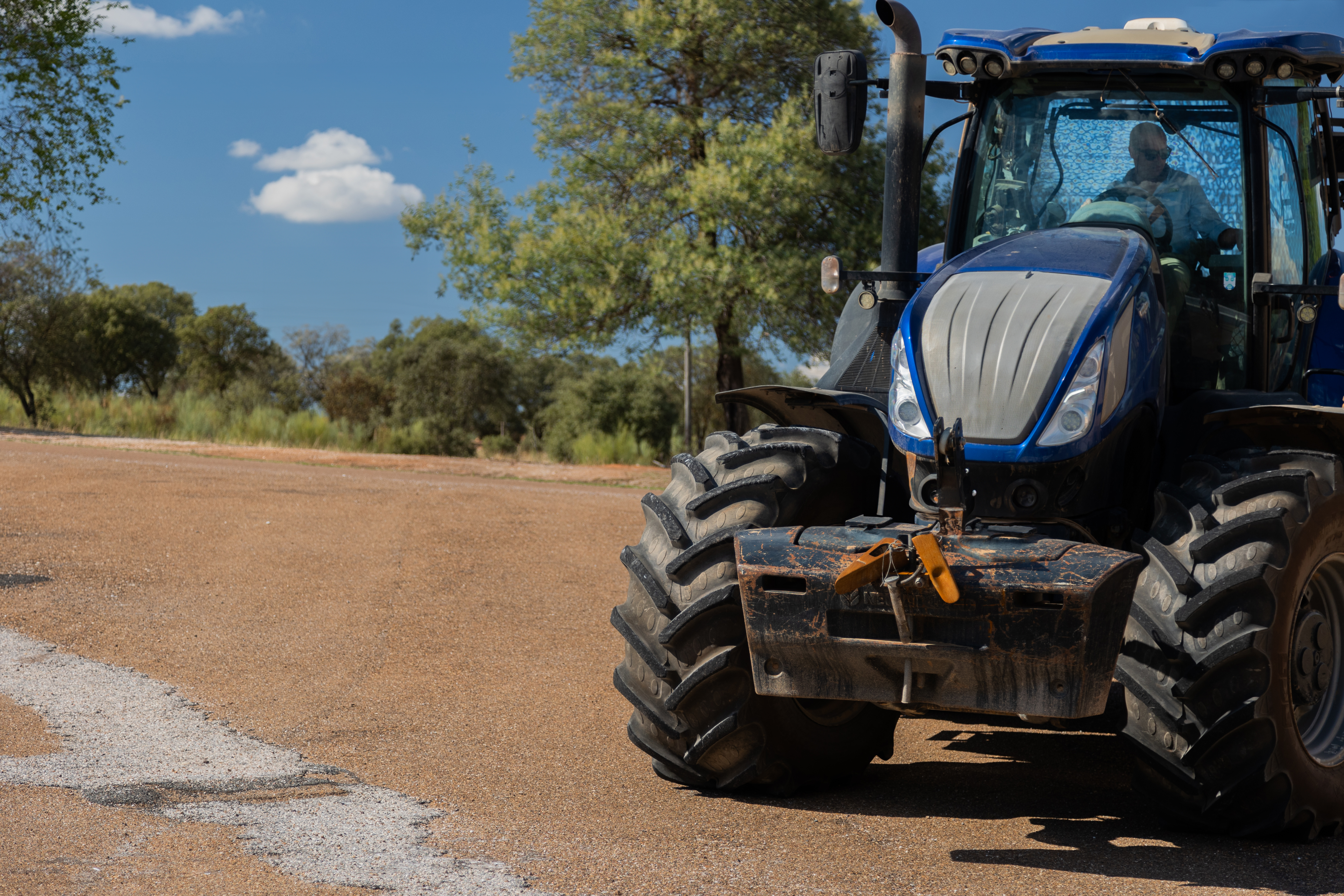
Predictive maintenance also opens up new opportunities for dealers to upsell. They can offer premium service packages that include real-time monitoring, remote diagnostics, and predictive maintenance. These services, if marketed well, can create a new revenue stream for dealers, who can also develop custom offerings based on the data they collect. Additionally, predictive maintenance makes it possible for dealers to offer services like software updates or machine reconfigurations, tailored to each farmer’s specific needs, creating long-term business opportunities. Keep following us for the latest updates on the newest innovations in the agri-tech sector and find out how these developments can make a real difference!
